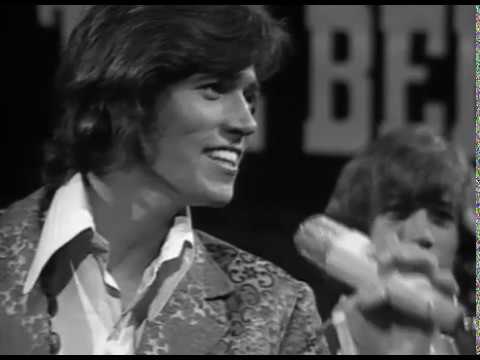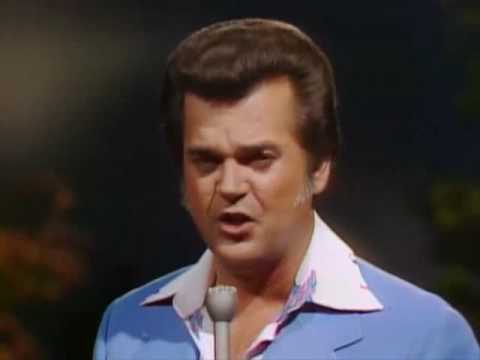Forever Young – Rod Stewart
“Forever Young” by Rod Stewart is a heartfelt and timeless song that resonates with themes of love, hope, and optimism. Released in 1988 as part of his album Out of Order, the song quickly became one of Stewart‘s most beloved tracks. Its uplifting message and emotional sincerity have made it a staple at weddings, graduations, and other significant life events where people celebrate milestones and transitions.
The song reflects a deep sense of parental love and the desire for a child’s well-being. Stewart has mentioned that “Forever Young” was inspired by his relationship with his children. The lyrics express a wish for the listener to lead a fulfilling life, emphasizing the values of kindness, courage, and resilience. Lines like “May the good Lord be with you / Down every road you roam” and “May you grow to be proud, dignified, and true” underscore the song’s universal appeal as a blessing and a prayer for happiness and success.
Musically, the song is anthemic, combining rock and folk elements with a steady rhythm and stirring melodies. The chorus, with its repeated “Forever Young” refrain, is both catchy and poignant, encapsulating the essence of eternal youth and vitality. Stewart‘s raspy and emotive voice adds depth, making the song feel deeply personal yet widely relatable. The accompanying music video, featuring Stewart in a rustic, outdoor setting with children, reinforces the song’s themes of innocence and the passage of time.
“Forever Young” also has an interesting backstory regarding its composition. Stewart and his co-writers acknowledged the influence of Bob Dylan’s song of the same name, which led to a publishing agreement to share royalties. This connection adds a layer of musical heritage, linking the two works through shared themes and inspiration.
Over the years, “Forever Young” has stood the test of time, not just as a hit single but as a cultural touchstone. Its universal message of hope and blessings continues to inspire listeners across generations, securing its place as one of Rod Stewart‘s most iconic contributions to music.








January 6, 2025 @ 4:53 pm
Love everything he does! One of a kind!